In the dynamic business world, continuous growth and routine operation are not just ideals but essential elements for survival and success. Implementing effective growth strategies and well-structured business operating systems can be the difference between thriving and just getting by. This article will delve into three renowned methodologies encompassing these critical areas—Scaling Up, MAP’s Vital Factors, and Traction’s EOS.
The importance of growth strategies cannot be overstated. They provide a strategic roadmap to expand your business, ensuring that growth is not just haphazard but well-planned and sustainable. On the other hand, business operating systems offer a framework for running your business more efficiently and effectively. They guide decision-making processes, streamline operations, and foster a culture of accountability and continuous improvement.
In this context, we introduce Scaling Up, MAP’s Vital Factors, and Traction’s EOS—three models that effectively straddle the worlds of growth strategy and operating systems. Each has its unique perspective, yet all share a common goal—to maximize business potential and performance.
Stay with us as we explore each methodology’s core principles, compare their approaches, and illustrate their application in real-world contexts. By understanding these models, you can select or combine elements from each to tailor a growth strategy and operating system that best aligns with your business needs. Let’s begin this exploration into effective business growth and operation.
Here’s the TL;DR of Choosing a Growth Operating System
- Explore three business growth and operation methodologies: Scaling Up, MAP’s Vital Factors, and Traction’s EOS.
- Scaling Up focuses on people, strategy, execution, and cash to achieve balanced growth.
- MAP’s Vital Factors prioritize clear goals, accountability, and metrics-driven approaches.
- Traction’s EOS offers practical tools for aligning vision, people, data, issues, processes, and traction.
- Each methodology emphasizes the importance of a clear vision, effective execution, and the right team.
- Consider combining elements from these methodologies to create a tailored approach for maximum growth potential.
Understanding the Growth Strategies and Operating Systems
To comprehensively understand Scaling Up, MAP’s Vital Factors, and Traction’s EOS, let’s delve into each methodology’s core principles and components.
Scaling Up
Scaling Up, popularized by Verne Harnish in his book of the same name, provides a holistic growth framework focused on four key decision areas: People, Strategy, Execution, and Cash. This methodology emphasizes the need for alignment and accountability in these critical aspects of business.
The first decision area, “People,” highlights the importance of having the correct individuals in the right roles. It emphasizes creating a solid company culture and developing effective leadership capabilities. Without the right people in place, a business may struggle to achieve its growth objectives.
The second decision area, “Strategy,” emphasizes the creation of a differentiated value proposition that gives a company a competitive advantage. It involves understanding the target market, identifying strategic initiatives, and aligning the business model with growth opportunities.
The third decision area, “Execution,” focuses on driving operational efficiency and implementing processes that allow the company to scale effectively. This includes establishing clear performance metrics, improving productivity, and fostering a culture of continuous improvement.
The fourth decision area, “Cash,” underscores the importance of healthy cash flow management. It involves strategies for generating sufficient cash to support growth, optimizing working capital, and maintaining financial stability.
Scaling Up stands out with its emphasis on leadership development, continuous learning, and a balanced approach to growth. It provides practical tools and techniques that companies can apply to navigate the complexities of scaling effectively.
MAP’s Vital Factors
The Management Action Programs (MAP) Consulting’s methodology of Vital Factors centers around setting clear goals, fostering accountability, and enhancing leadership within the organization. It provides a disciplined approach to achieving business objectives.
At the core of Vital Factors is identifying the most critical elements, or Key Performance Indicators (KPIs), that drive business success. These KPIs become the focal points of measurement and monitoring. MAP’s methodology ensures everyone understands their role in achieving these vital factors, fostering a sense of ownership and responsibility.
A standout feature of MAP’s approach is its disciplined, metrics-driven focus. By monitoring and managing the performance of these vital factors relentlessly, businesses can gain clarity and focus on what truly matters for their success.
Traction’s EOS
The Entrepreneurial Operating System (EOS), introduced in Gino Wickman’s book “Traction,” offers a practical toolset to help businesses achieve their vision. EOS revolves around six key components: Vision, People, Data, Issues, Process, and Traction.
“Vision” ensures that everyone understands and is aligned with where the business is headed and how it will get there. It involves clarifying long-term goals, defining a clear direction, and fostering a shared vision among team members.
“People” emphasizes the significance of having the right people in the right seats within the organization. It aligns with Scaling Up’s principle of identifying and developing the necessary talent to drive growth and achieve business objectives.
“Data” uses objective numbers and data to guide decision-making and monitor performance. It involves establishing meaningful metrics and regularly reviewing data to gain insights into the business’s health and progress.
“Issues” emphasizes the identification and resolution of obstacles that hinder progress. By fostering a culture of open communication and problem-solving, EOS helps businesses address issues proactively and effectively.
“Process” involves systemizing the business and establishing consistent and efficient processes. This ensures that operations run smoothly, reduces dependency on personal knowledge, and increases scalability.
“Traction” is about bringing the vision down to the ground and executing effectively. It involves setting clear goals, implementing action plans, and establishing regular accountability meetings to track progress and ensure that the organization stays on track toward achieving its vision.
EOS is celebrated for its simplicity and practicality. It provides easy-to-use tools that align the organization, promotes transparency, and facilitate continuous progress toward business objectives.
Comparing the Three Models
While Scaling Up, MAP’s Vital Factors, and Traction’s EOS each offer a unique perspective on growth strategies and business operating systems, they all share common themes and goals.
One common thread is the emphasis on the importance of a clear vision. Whether it’s Scaling Up’s focus on differentiation and competitive advantage, MAP’s Vital Factors’ goal-oriented approach, or Traction’s EOS’s emphasis on aligning the organization with the vision, all three models recognize that a well-defined and communicated vision is crucial for guiding the growth and operation of a business.
Furthermore, all three models recognize the significance of effective execution and the role of the right people in achieving business success. Scaling Up, MAP’s Vital Factors and Traction’s EOS each provide guidance and tools to ensure the organization has the necessary talent, processes, and systems to execute strategies effectively.
Conclusion
In conclusion, Scaling Up, MAP’s Vital Factors, and Traction’s EOS offer valuable insights and practical approaches to drive business growth and enhance operational efficiency. Each model provides a unique lens through which businesses can tackle their challenges.
When choosing a growth strategy and business operating system, it is essential to consider your business’s specific needs, resources, and context. Taking elements from each methodology and tailoring them to your company’s objectives and culture can create a customized approach that maximizes your business’s potential for growth and success.
Remember, the ultimate goal is to facilitate growth, enhance performance, and optimize your business’s potential, regardless of your chosen methodology. By leveraging the principles and tools provided by Scaling Up, MAP’s Vital Factors, and Traction’s EOS, you can set your business on a path toward sustainable growth and operational excellence.






